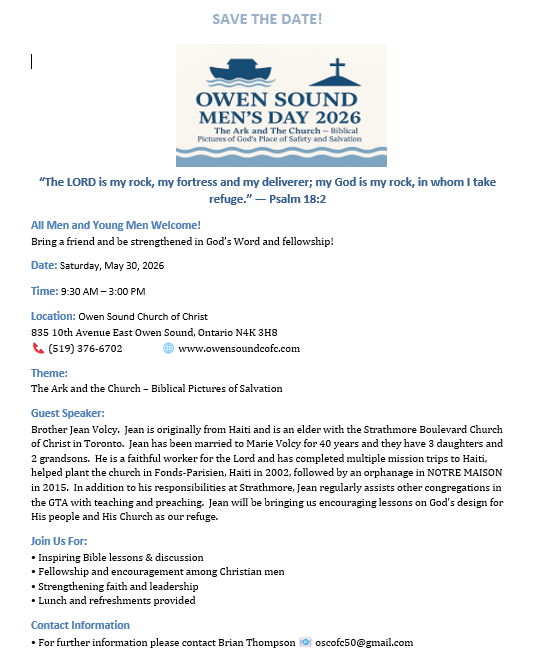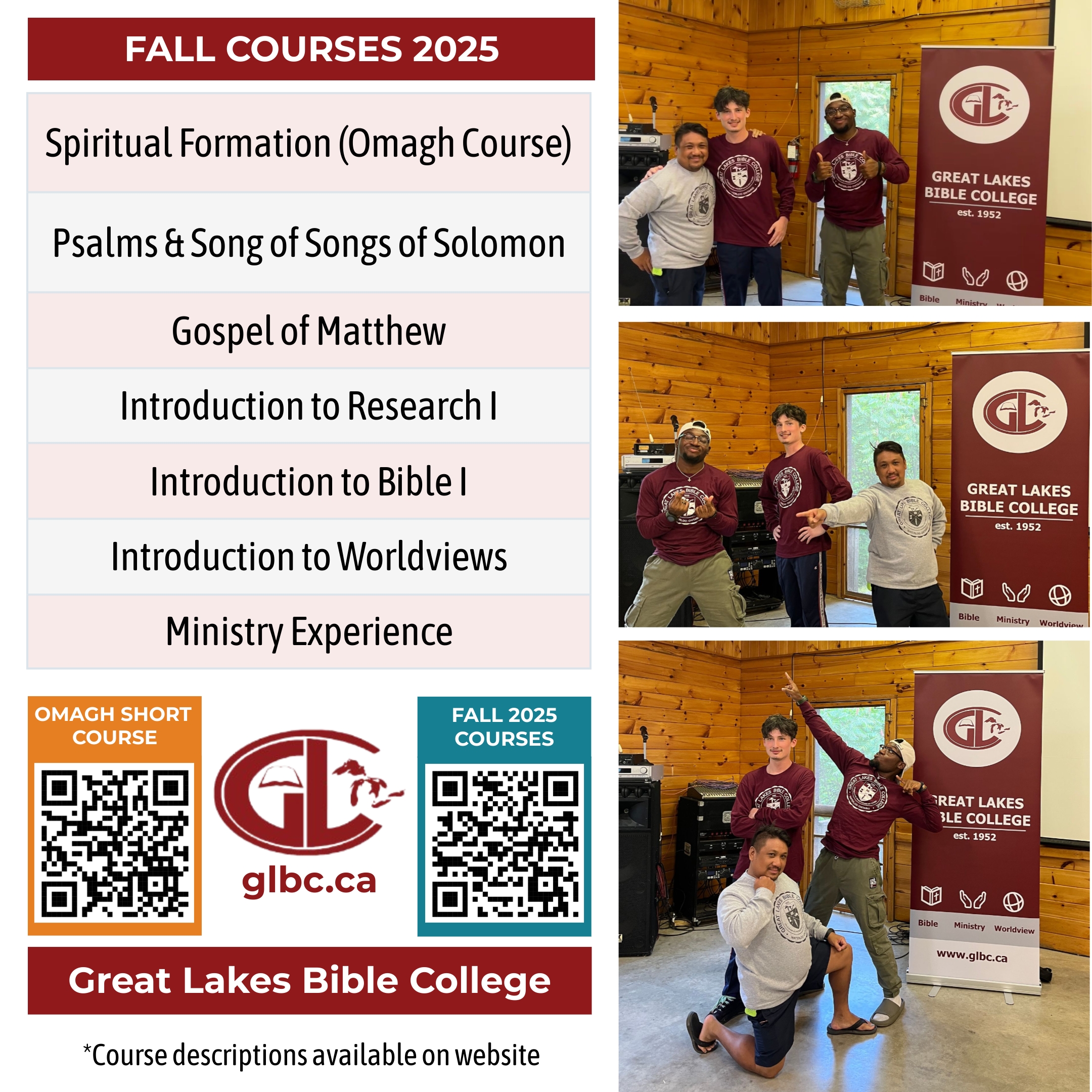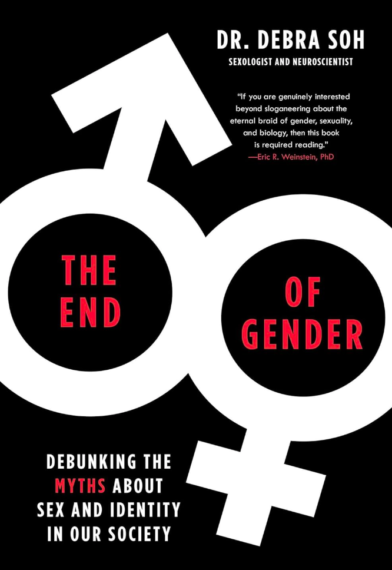In a somewhat surprising twist, our culture has reached a strange place. While it’s been popular for some time to push back against “societally imposes gender norms” no one anticipated that push back would extend to rejecting DNA. Yet in a recent health class my son was instructed by his teacher that gender was a spectrum which had little or no relation to biology. His class of grade 8 students responded in an interesting way to the instruction, but we can save that story for the end of this review. If you were to guess how my son responded, you might suspect that his response would be informed by his moral and religious upbringing (As his father I hope that you would be right). You might think something like well of course he feels that way his dad is a preacher.
However, what if you were to guess how a sex researcher would respond to such instruction. What if I told you that this particular sex researcher was female and liberal in her politics? Further that she held a PHD in Neuroscience and self-described as a sexologist? The person I am describing as some may have guessed is Dr. Debra Soh the author or “The End of Gender.” Dr Soh describes herself as sex positive (that is in favor of a more liberal view of sexuality) and as working to combat sexual stigma and shame. With that brief background one might suppose that Dr. Soh does not hold a Godly view of human sexuality and that would be accurate. We might also suspect that she would be completely on board with the current trend to divorce sex from gender and promote gender as something that is fluid and constructed socially rather than biologically. It is on this last point and a number of others that Dr. Soh defies the current progressive view as completely unscientific and unsupported by evidence.
The book is organized into eleven chapters nine of which debunk specific myths about sex and identity in society.









It is probably helpful to let Dr. Soh define sex and gender at this point. Sex refers to biological identity and is based on chromosomes or gametes. Gender is the outward expression of one’s biology. With this in mind we can proceed to a brief overview of the chapters.
Dr. Soh introduces her book by lamenting a problem facing the study of biology. The problem for Dr. Soh is that politics and activism are being allowed to restrict scientific inquiry. Research that does not support the current politically correct talking points, like men can get pregnant or gender is a social construct, is simply not allowed. Having pursued hard science with a desire to learn and share scientific discovery this is deeply troubling to her. With this motivation in mind, she sets out to offer the real science on various myths regarding sex and identity that have captured the modern imagination.
Myth number one, Biological sex is a spectrum.
This key introductory chapter primarily addresses two aspects of this myth.
First that biological sex is not a spectrum but rather a binary defined by which gametes an individual produces eggs for females and sperm for males. Secondly, the idea that biological sex is a social construct. Soh points out that males and females are different in several specific ways which are not subject to cultural influence (there is more on this in later chapters). She also addresses the enforcement of certain language related to the term “sex assigned at birth” and other related terms. She makes the powerful point that “Activists wish to reinvent sex in this way because it allows for the separation of sex from an objective basis in reality. Adopting this position allows for science and logic, which currently serve as barriers to their unsupported theories, to be taken off the table when discussing gender.” Soh finishes this chapter by pointing to real life examples of unscientific ideas that are taught as facts in schools and the problems that this can create. In simple language, Dr. Soh explains why the current view of a sexual spectrum is not accurate or helpful.
Myth number two: Gender is a social construct.
In this chapter Soh primarily focuses on the brain. Since Gender is the expression of sexuality it is largely driven by mental processes. Thus Dr. Soh points out that human brains are sexually dimorphic. Male and female brains differ in both structure and function. Specifically, she points out that differences exist in the hippocampus, amygdala and interstitial nucleus of the anterior hypothalamus. Further, men have a greater number of connective tissues running from the front to the back while women have a greater number running from side to side. Functionally brains are also sexually dimorphic. Differences exist in verbal fluency (greater affinity in women) and mental rotation (greater proficiency among men). Men and women’s amygdala’s react very differently to visual sexual stimuli. Soh goes on to point out that even many traits that are sometimes claimed to be socially informed are due to exposure to testosterone in utero. She adds several other physiological differences and makes a critical point. Ignoring differences between men and women leads to bad research and wrong medical treatment. She goes on to discuss and largely debunk the accusation of sexism in STEM. Dr. Soh does a great job of summarizing the relevant studies and making them accessible for the non-initiated reader.
Myth number Three: There are More Than Two Genders.
In this chapter as the title implies Soh makes the point that there are only two genders, male and female. She points out that even the language used to describe transgender feelings are only meaningful because they assume a gender binary.
She helpfully adds two further discussions. First, that being a male or female doesn’t mean strict adherence to a set of rules (this was once common knowledge). Soh states that boys and girls can still be boys and girls while being interested in things that are not traditionally associated with their gender. Even more helpfully, she adds that some of the underlying thinking that comes with contemporary gender identity is very problematic. For example, she quotes a girl who said, “girls are weak, but I feel strong so must identify as a man.” She also speaks about young people who don’t like some of the changes that come with puberty, such as periods, saying, that since they don’t like that aspect of being a woman, they won’t be one. She rightly concludes that individuals should feel free to be themselves but be taught that changing genders is not needed or helpful in doing that. In a world where we often hear about tens or hundreds of gender identities it is helpful to have a neuroscientist explain why this notion is unscientific.
Myth number four: Sexual orientation and Gender identity are unrelated.
Soh says a “New, bizarre strain of thinking has sprung forth. Due to the trendiness in conceptualizing gender and sex as a spectra, the concept of “sexual fluidity” claims that anyone can be gay , and that human sexuality is in actuality free floating.” She contrasts this notion with the previously hard fought and presumably won idea, that sexual attraction is innate. In other words, people are born with a certain sexual attraction. Soh includes some of the most current discussions of sexual orientation and homosexuality. It may relate to an immune response in the body, or to a neurological difference in which some brains become partially feminized. Whichever theory turns out to be accurate or most accurate is irrelevant, the point Soh is making is that attraction likely stems from a biological cause not a sociological or cultural one. She makes a great point here which is that if sexual orientation is fluid, flexible and choosable (sic) then so is gender identity. This is exactly the opposite of the argument many transgender activists are trying to make.
In this Chapter Soh also includes a discussion of gender non-conforming children, an issue which has been the focus of much of the current discussion. Here she makes the point that gender stabilizes as a person reaches puberty and the vast majority of gender dysphoric children grow out of their condition. The current trend of early transitioning caused one author to describe the whole situation as simply sterilizing gay people. Soh also points out in this chapter that “it remains unclear whether the brain differences are a reflection of gender identity. She also makes the key point that when someone is struggling with gender dysphoria their issues with their gender would more appropriately be considered a symptom of another mental health condition. Studies have shown that this is the case in 75% of those dealing with gender dysphoria.
Dr. Soh demonstrates in this chapter and throughout the book a great deal of compassion. Her desire is to do what’s best for people with real problems. While it’s already been noted that Dr. Soh is an atheist, she does an admirable job of sharing the truth in love . It is this chapter that a Christian reader is likely to take issue with the most. It is helpful to keep in mind that identifying a natural cause or predisposition for a behaviour, does not morally justify it.
Myth number five: Children with Gender Dysphoria should transition.
Dr. Soh’s short answer is no. She offers the following reasons.
- First 60-90% of gender dysphoric children desist by puberty.
- Second because children don’t fully understand what they are saying, for example children will sometimes say they want to be the opposite sex simply because they want to do something they see the opposite sex doing.
- Third because children are being given a diagnosis without a strict adherence to the diagnostic criteria.
- Finally Soh points out the very severe consequences of transitioning which do permanent damage to the individual and which are not possible to reverse. She does allow that transition may be the best option for a very small percentage of cases, but only in adulthood.
As Christians we would oppose this outside of actual medical conditions related to DNA.
Soh makes some other powerful points in this chapter: she explains that there is no such thing as a transgender child because; “Transgender is an identity and political label denoting that an individual identifies as the opposite sex. Children, and particularly pre-pubescent children, do not possess the emotional maturity to identify this way.”
She also laments the current medical approach of “gender affirming care” which is mandated by law in many jurisdictions. This is done despite having no evidentiary foundation. She addresses the common claim that this is an effort to avoid suicide, noting there is no difference in pre-and post-transition suicide rates. Further pointing out that no children were actually involved in the cited studies.
Lastly, she discusses rapid onset gender dysphoria. This phenomenon is new and largely found among teenage girls. Dr. Soh gives some credence to the social contagion explanation. She asserts that this is largely a result of peer pressure and negative experiences. She shares the story of one girl who had been a repeat victim of sexual assault and who said if she was a boy no one would bother her anymore. She ends the chapter by predicting that we are only seeing the tip of the iceberg in terms of transition regret and closes by saying “When society looks back in horror- we tried to warn you.”
Myth 6 No differences exist between trans women and women who were born women.
Soh describes her position well saying “It feels insensitive to point out that transgender women are in any way different than women who were born women… But we can agree that transgender people deserve equal rights and legal protection while acknowledging that some biological differences do exist.” In the chapter Soh addresses the issues surrounding what is called inclusive language. She rejects the strange rules regarding the use of terms like people who menstruate or have certain body parts or functions. She also points out that gender neutral spaces can and have been used by predators to gain access to victims. Finally, she addresses sports in which transgender men have been allowed to compete as women. As has often been done she stresses: First that this unfairly disadvantages biological women because trans men are not a threat to competitive male athletes. Second, she points out that trans women have considerable advantages by virtue of being born male. Again, it should be remembered that Dr. Soh has no moral axe to grind in relation to these issues which can cause some pause for those of us who do. It is expected that the Christian reader will rightly take issue with some details in this chapter.
Myth 7 Women Should behave like men in sex and dating.
In this chapter we take a break from the discussion related to gender and politics and instead focus on the predominant approach to sexuality in modern western culture. Louise Perry has called this sexual disenchantment, in other words reducing sex to simply a physical behaviour with nothing sacred or special about it. Here Soh points out that men and women have different motivations and desires when it comes to sexual behaviour and dating. She pushes back quite effectively on the idea that men and women are the same and that sex differences are socially imposed and can be unlearned. She argues that it hurts women to behave like men.
She addresses the idea that gender norms are a social construct by pointing out that similar beauty and desirability standards exist across time and culture.
She also addresses the current concept of toxic masculinity, pointing out that women are often quite harmful to one another, and so toxic behaviour is not restricted to one sex. She also points out that women prefer men who demonstrate what she calls benevolent sexism. We might simply call it respecting sex differences.
Myth 8 Gender-Neutral Parenting works.
In this chapter Soh deals with the idea that gender typical traits are taught to children from the moment they are born (in other words socially constructed). If Children are raised in a gender-neutral environment, they will not display gender differences. She cites several examples of this effort being adopted by government, hospitals, and schools. She insightfully questions how this idea can be reconciled with the idea of trans children. Dr. Soh points out that gender typical behaviour is normal and healthy. Related to this the concern that a child may have been “assigned the wrong sex at birth” is dealt with. Soh responds saying that its greater than 99% chance that upon reaching adulthood the child will be the sex that everyone thought it was. By saying 99% she allows for true medical intersex disorders not the current gender fluid thinking. Soh reiterates, that gender is largely biological. However, she speculates that this will cause some to start theorizing that gender stereotypes are learned before birth. She spends a good bit of the chapter examining the case of David Reimer and the debunked theories of John Money who’s views still hold considerable influence despite having been completely debunked. She includes a discussion on what parents can do. Here she suggests that parents help girls fight the pressure to be more like boys and vice-versa. She says we need to stop pretending that the sexes are identical.
Myth number nine, Sexology and Social Justice make good be fellows.
This chapter reveals much of what drives the author to write such a book and illuminates some of the harmful consequences associated with political correctness. Soh states “Activism has no place in scientific research. There is no such things as “feminist science.” ‘queer science,” liberal or conservative science.” Soh again cites troubling examples of political ideas being applied to science in a very illiberal way. She warns us to examine anything published in the last few years to determine if the information that it shares is scientific or propagandistic. She also discusses the cost to your career in academia and in general to speaking out in defence of truth or in criticism of progressive activism. She offers examples of preschool children being taught about queer rights, and a school in British Columbia putting up posters addressing white privilege. She calls for parents and others to speak up saying “The only reason this manner of thinking keeps proliferating is our silence.”
Dr. Soh concludes with a short epilogue entitled “the end of academic freedom”. In it she shares more examples of social justice taking truth captive. She laments the trends that she sees in her own field of sexology. And she fears the negative impact that unscientific and often harmful ideologies are having upon our institutions.
Having considered this overview of the book, Christians will take issue with the liberal stance that the author takes on sexuality. Christians will also disagree with some of the theories that she advances especially regarding homosexuality. Having said that, Dr. Soh’s insights as a Neuroscientist and sex researcher are quite informative. Further Dr. Soh’s philosophical background lends considerable credibility to her views when discussing moral issues with unbelievers.
Becoming familiar with the data that she brings to bear and working to understand the scientific insights that she offers can go a very long way in aiding discussions about human sexuality with our children, with our congregations and Sunday school classes. We can use these truths to prepare university students to respond intelligently to the pressure they will face to buy into the current progressive trends surrounding sex and gender.
Familiarizing ourselves with Dr. Soh’s research and insights can give us a greater ability to show the love of God and truth of the gospel to those embroiled personally in gender confusion.
This book is not easy to read and is of primary value for the scientific and biological information that it offers. It is also of value in that it confronts current gender ideology on a scientific level, which is an area of the discussion that we in the church may not be prepared to do. Thus, it is a valuable resource.
I’ll end by saying that all hope is not lost. When my son’s teacher presented the myth that there are more than two genders, many students in his grade 8 class took issue. In fact, there were so many comments made in opposition to the teacher that she cut the discussion short in frustration. I consider this a win and a perfect application of Dr. Soh’s request that we all speak up. I feel compelled to ask, if a class of grade 8 students have the courage to stand on their convictions, then what is stopping the adults around them from doing so.
Kevin Cleary

